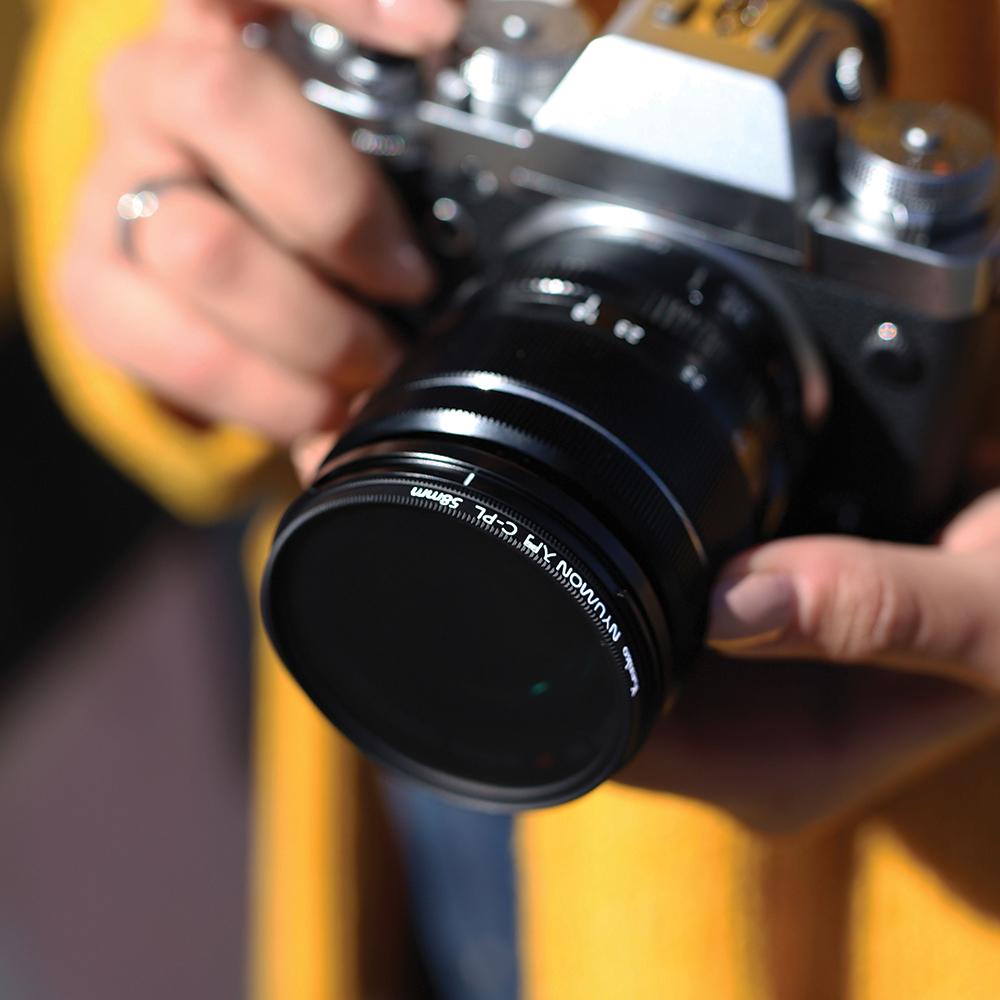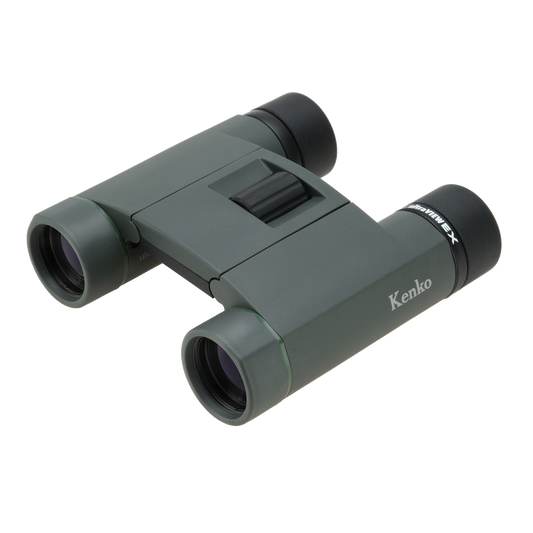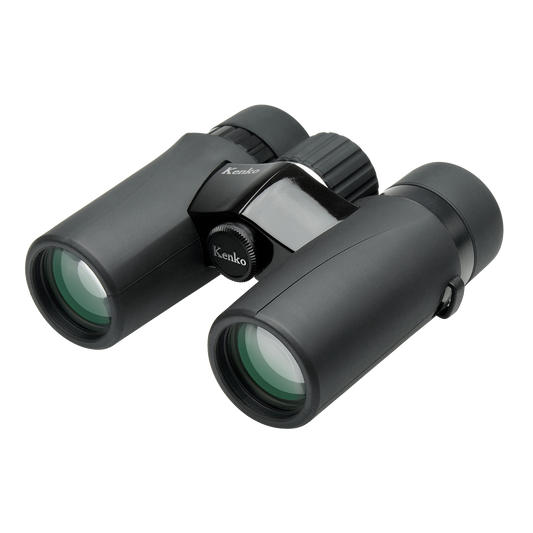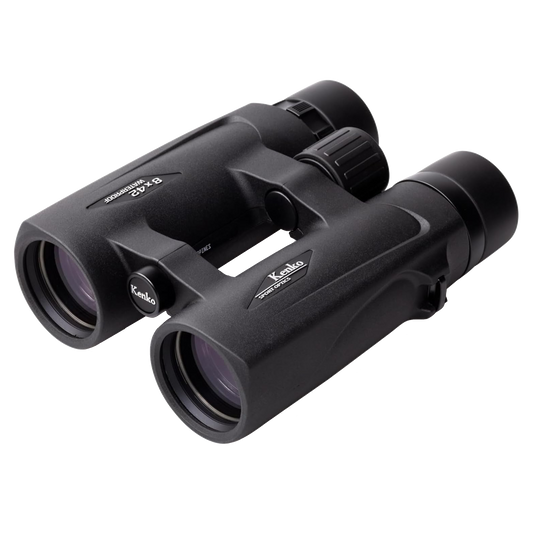
Avoid These Common Circular Polarizer Mistakes
 photo by 0804Creative via iStock
photo by 0804Creative via iStock
Using a circular polarizer when shooting landscape photos has become a de-facto standard.
But, here’s the truth.
Not all landscape shots need or should use a circular polarizer.
Sometimes, using a circular polarizer can actually ruin your otherwise great outdoor shots.
So, when should you use one? And what common circular polarizer mistakes should you avoid? Let’s find out.
What Does a Circular Polarizer Do?
Let’s first understand the benefits of using a circular polarizer. As the video above by Brain Matiash explains, there are mainly three reasons to use a circular polarizer.
Using the filter:
- Helps reduce any glare on water or glass surfaces
- Accentuates certain colors to add some contrast to your scene
- Helps reduce the intensity of light and colors, much like an ND filter

photo by ithinksky via iStock
If you think you can do all that in post, think again. First of all, you cannot remove surface reflections with Photoshop. Plus, the warm effects a good-quality polarizer filter like the Kenko Nyumon (shown below) brings to your photos are almost impossible to replicate in post.

However, if you don’t know how and when to use a circular polarizer, using it could do more harm than good to your landscape photos. So, here are some common circular polarizer mistakes you must avoid.
Learn More:
Polarizer Mistake #1: Ignoring the 90 Degree Rule

photo by Capuski via iStock
There are just some rules that you need to follow. When shooting with a polarizing filter, you should point your camera at 90 degrees to the sun. In other words, you should avoid shooting with the sun directly in front or behind you.
Point your camera either to the left or to the right of the sun. That way, you can get the best polarizing effect in your photos. The further you get from 90 degrees the less effective the filter is.
Polarizer Mistake #2: Shooting the Sky with a Wide-Angle Lens

photo by adempercem via iStock
This is another common mistake you should avoid when you’re using a polarizing filter. If, for instance, you shoot the blue sky with a wide-angle lens, the wide field of view of your lens means that it would cover a long stretch of the blue sky.
The result could be an image darker on the outer edges and brighter in the center or vice versa. This happens because when you are covering a wide area of the sky, the sunlight doesn’t come to your camera from the same angle. This is commonly known as vignetting or light fall-off.
Most LCD monitors cannot properly display the vignetting in the corners of an image. So when you’ll finally notice this problem, it would be too late to fix the problem.
This is exactly why you should use a circular polarizer with a wide-angle lens. Consider using a lens with a focal length of 35mm and longer.
Editor's Tip: Get Kenko’s latest updates and access to promos for discounted gear. Click here to sign up.
Polarizer Mistake #3: Over-Polarizing

photo by romansl via iStock
While a polarizer helps reduce surface reflections or glare, you may not want to remove reflections altogether from your composition. Also, you don’t necessarily need to use a polarizer every time you’re shooting wet rocks or wet leaves.
Even when you are using one, make sure not to overdo it. You can turn a nice blue sky to almost black by over-polarizing it.
When it comes to photographing a rainbow, a polarizing filter can actually make it look more vibrant in your photos. But if you overdo the polarization, you can completely remove the rainbow from your image. So always rotate the circular polarizer to control the amount of reflections or glare you want to keep in your photos.
Learn More:
- How to Increase the Wow Factor of Wide-Angle Landscape Photography
- 3 Tips on How to Use a Circular Polarizer
Polarizer Mistake #4: Selecting a Wide Aperture

photo by Kesu01 via iStock
When shooting a landscape photo with a polarizer, consider avoiding a wide aperture.
One rule of thumb is to select an aperture of f/8 or smaller with a polarizer. Otherwise, you may end up with some image corner vignetting.
Another thing to keep in mind is this: a circular polarizer can underexpose your photos by as much as two stops. So, keep that in mind when setting the exposure for your shots.
Polarizer Mistake #5: Not Using a Thin Polarizer With a Wide-Angle Lens

A polarizer is typically quite thick. When you combine a thick polarizer with a wide-angle lens, it may result in some amount of image corner vignetting.
So, if you are planning to use a polarizer with a wide-angle lens, consider buying a thin polarizer.
The Kenko Nyumon circular polarizer I mentioned earlier (and which is shown above) has a slim mounting ring that helps prevent vignetting.
Additionally, this polarizer’s mounting ring has a black, anti-reflective coating which helps prevent flare and reflection off of the mounting ring.
While a thin polarizer could cost you a few bucks more, it helps create visually pleasing images with no corner vignetting.
Luckily, Kenko’s slim polarizers are very budget-friendly, so you get the pleasing effects of a slim polarizer without busting your budget!
Originally posted on PhotographyTalk.com




